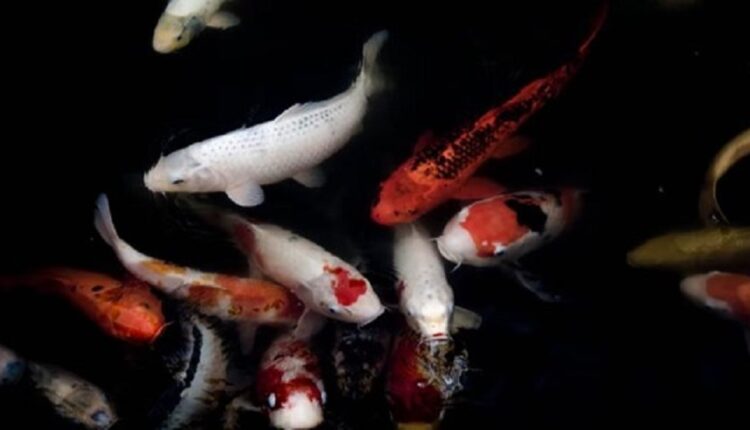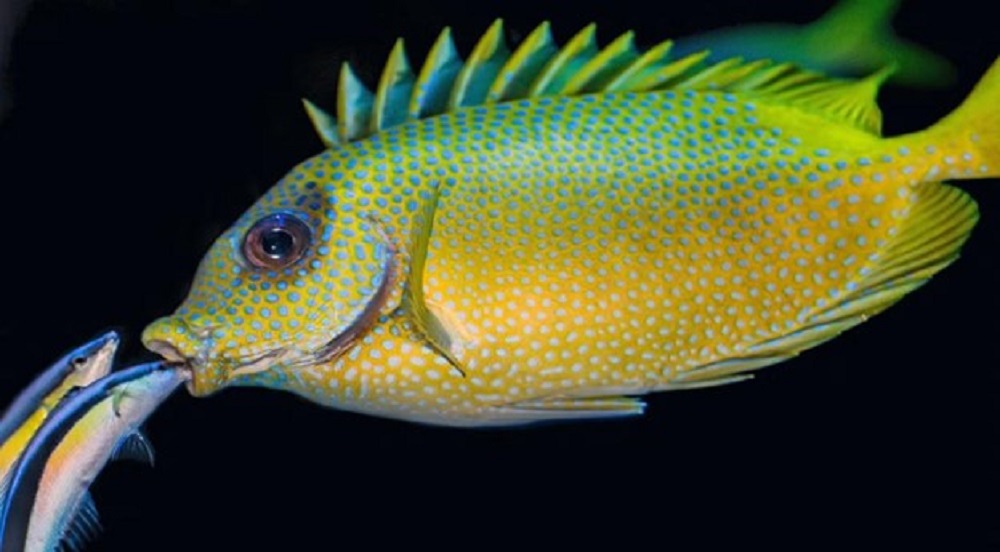How Do Fish Reproduce? Shocking Facts You Must Know

Reproduction is, undoubtedly, one of the most critical events in the life of a living organism. It ensures the continuation of a species from one generation to another. Offspring born due to reproduction is what keeps a species going and growing. This process is not necessary for the survival of an individual member of the species but the whole species in general, as it makes sure that the species does not get extinct in the future. In “How Do Fish Reproduce? Shocking Facts You Must Know” You’ll get a brief detail:
Fish, in wildlife, reproduce in several ways. Their reproduction type depends upon the species they belong to. Most of the time, female fish releases eggs into free water, which sperm released by male fish immediately fertilize. Moreover, in wildlife, fish quickly reproduce right after attaining their sexual maturity.
So, what are the basics of fish reproduction? How many modes of fish reproduction are there? And why do we even need to study fish reproduction? These and so many more questions have been answered in this extensive guide about fish reproduction. Keep reading to get all your frequently asked questions answered.
The Basics of Fish Reproduction
To understand fish reproduction, one must understand the basic parameters of their life history.
Age of Sexual Maturity
By the age of maturity, we mean the phase of a species’ life when it can reproduce and have offspring. This is usually considered in female fish, as the male’s age does not matter. Once a fish becomes sexually mature, it stays that way.
There are little shreds of evidence of sexual senescence in fish. Sexual senescence is a phase when fish get too old to have babies.
Fecundity
This parameter is concerned with the size and number of eggs produced and laid by female fish. Fish that are more extensive produce comparatively more eggs than those that are smaller in size.
Frequency of Spawning
Semelparous fish, for example, small-sized fish such as Forage and large-sized such as Salmon, spawn only once throughout their life span. At the same time, iteroparous species can generate many times over their lifetime.
Modes of Reproduction
Based on type and mode of reproduction, fish are broadly classified into three main types described below.
1. Sexing Fish
Determining the gender of a fish can be both easy and challenging. It depends upon whether the physical differences and markings are visible or not. In some species, males are more significant than females. You can quickly obtain information on how to gender a particular species from your veterinarian, the Internet, hobby magazines, books, and many other sources.
2. Live Bearers
This type of fish reproduces by either bearing fertilized young and giving it birth or laying eggs. Livebearers are the fish that give birth to fully developed, and functional babies called fry. The eggs first get fertilized and then hatch within the female’s body.
Most livebearers have fewer and larger babies than those of egg layers because the fry needs to be large and grown enough to fend for themselves after their birth. Most species of livebearers, which are usually kept in home aquariums, are elementary to breed. Identifying their genders is also easy.
3. Egg layers
Egg layer fish spawn by different methods (Described in the table given below). Depending on the spawning method, they are further classified into egg depositors, egg buriers, nest builders, mouthbrooders, and egg Scatterers. Mouth brooders and nest-builders are often called ‘good parents’ as they efficiently protect their eggs and l fry from aggressors.
Egg depositors, egg Scatterers, and egg buriers may or may not be capable enough of the eggs and fry in the way mouthbrooders, and nest builders do. Usually, the newborn needs to be separated from the parents to prevent being eaten by larger aggressors. Egg-Scatterers female fish usually lay sticky eggs in different places within a specific area (often in places with some sort of cover). In contrast, others produce non-sticky eggs and set them adrift in free water.
On the other hand, Egg depositors pick one specific spot where they can easily lay sticky eggs. This spot is usually somewhere on the bottom substrate and sometimes on the glass of the aquarium they live in.
How To Care For the Newborn Fish Fry?
If you have an aquarium at your home or office, and your pet fish has just given birth to its little ones, you will be concerned about taking care of the cute tiny fry. If the same has ever happened to you, we are happy to guide you. Follow the given instructions to take care of the newborn fish.
- Fry should be immediately separated from the adult fish and placed in a nursery. Keep the environmental conditions the same as those in the main aquarium or pond.
- Provide a cover for the fry, which makes them secure, safe, and free from stress.
- The aquarium should be filtered but make sure that the pump is not too quick as it can suck the fry and thus, harm the little newborn fish.
- You can feed newborns with small, frozen foods or even finely crushed flakes. Many commercial baby fish foods are also available if you are looking for any.
- Purchasing a nursery is also a good idea as it has a mesh that protects newborns from escaping. It also keeps my born fish separate so that they cannot be eaten or even attacked by the larger fish. Moreover, it has an open-top which makes feeding easier.
Why Do We Need to Study Fish Reproduction?
Researchers are working on many ways to make fish farming or aquaculture better. A better quality of fish farming can help us reduce our reliance on wild fish as a food source. Since we aim to grow fish from one generation to another, it is necessary to ensure that fish can produce babies.
In fish farms, it is often noticed that male fish do not release sperms or female fish do not lay eggs properly. Research and studies about fish reproduction can help our farmed fish thrive.
To encourage reproduction and survival in our pet fish, it is essential first to understand their endocrine system. A significant relationship exists between a fish’s brain and reproductive organs, also known as gonads and the pituitary gland. Various signals are conveyed between these organs and systems, and this connection through motions helps encourage reproduction in fish.
This basic understanding and improvement in fish farming will help fish farmers prevent the overflowing of wild fish and provide people with high-quality fish food.
Read More Posts
How to Cycle a Fish Tank the Right Way
Types of Fish Reproduction
| Types of egg layers | Site of egg-laying | Method of fertilization |
| Mouthbrooders | They lay their eggs in water.
Once they get fertilized, they hold it in their mouth till the baby’s birth. Some fish of this type hold the fertilized egg in their mouth even one week after birth. |
These eggs are fertilized by the spawning method before the fish gathers them in its mouth. |
| Nest Builders. | They can lay their eggs somewhere in the substrate, foamy structures such as bubble nests and surfaces made up of plant materials. | Spawning is the method of fertilization in this type of fish. |
| Egg Scatterers. | They have sticky eggs laid in a special under the covering.
They also produce non-sticky eggs, set adrift in the free water. |
Male fish swims by, and either sprays its semen or milts around the area where eggs are laid. |
| Egg depositors. | They lay their eggs in only one spot. It can be somewhere either in grass or substrate. | Male fish swims by and fertilizes the eggs laid by female fish. |
| Egg buriers | They like to bury their eggs in soft surfaces such as a substrate. | In this type of fish, the male has to dive into the substrate to fertilize the eggs present inside.
However, it feels weird that several fish species eat their young ones. So if your pet fish just laid babies, it will be a nice idea to keep them separate from the adult ones for their excellent survival. When you keep apart these baby fishes from the adults, just remember not to introduce new water to them. Since they are not yet accommodated and used to new water conditions, it would be best if you keep the water that they were in before. |
Conclusion
Summing up the entire discussion, a conclusion is that reproduction is one of the most critical events in the life of a living organism. It makes sure that the species does not get extinct in the future. Reproduction in fish is also an important topic to go through. Fish start reproducing right after they reach their age of sexual maturity. They produce in several ways. Based on the reproduction type, we classify them into different kinds. A basic understanding of fish reproduction helps fish farmers improve the health quality of new breeds. The newborn of a fish is called a ‘Fry.’ Once a fry is given birth, it needs immediate care. Care guidelines for newborn fish have also been described in this article to ensure that you do not miss anything regarding fish reproduction.




